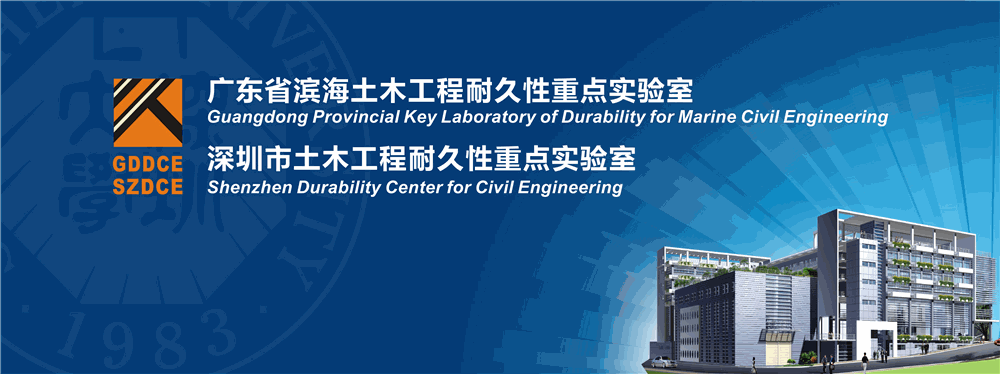Keywords
Micromechanical models, elastic modulus, pore structure, Finite element models, phase properties, homogenization
Abstract
This paper reports the fundamental difference in microstress distributions in traditional hardened cement paste with quartz inclusions and a cement paste with lightweight aggregate (LWA) inclusions using microstructurebased numerical simulation involving finite element method with periodic boundary conditions. Variation of relative stress distributions under varying component material properties and varying microstructural features in both the systems is elucidated for a comprehensive understanding. The presented microstructure-based numerical technique accurately captures the stress concentrations inside microheterogeneous systems, which is otherwise not detectible using analytical homogenization schemes. Numerical simulations reveal that strengthening and stiffening of matrix and interfacial transition zone (ITZ) with silica fume incorporation as cement replacement in LWA incorporated cementitious systems has a detrimental effect in terms of overall strength of the material, contrary to traditional quartz-based cement mortar system. Proper selection of stiffness and strength of LWA inclusions is critical towards performance of such materials. This paper links the microstructure with mechanical behavior of two different microheterogeneous materials and provides valuable input towards material design of such non-traditional cementitious systems with different inclusions.
DOI
10.5703/1288284316125
Included in
Micromechanical Modeling for Material Design of Durable Infrastructural Materials: The Influence of Aggregate and Matrix Modification on Elastic Behavior of Mortars
This paper reports the fundamental difference in microstress distributions in traditional hardened cement paste with quartz inclusions and a cement paste with lightweight aggregate (LWA) inclusions using microstructurebased numerical simulation involving finite element method with periodic boundary conditions. Variation of relative stress distributions under varying component material properties and varying microstructural features in both the systems is elucidated for a comprehensive understanding. The presented microstructure-based numerical technique accurately captures the stress concentrations inside microheterogeneous systems, which is otherwise not detectible using analytical homogenization schemes. Numerical simulations reveal that strengthening and stiffening of matrix and interfacial transition zone (ITZ) with silica fume incorporation as cement replacement in LWA incorporated cementitious systems has a detrimental effect in terms of overall strength of the material, contrary to traditional quartz-based cement mortar system. Proper selection of stiffness and strength of LWA inclusions is critical towards performance of such materials. This paper links the microstructure with mechanical behavior of two different microheterogeneous materials and provides valuable input towards material design of such non-traditional cementitious systems with different inclusions.





